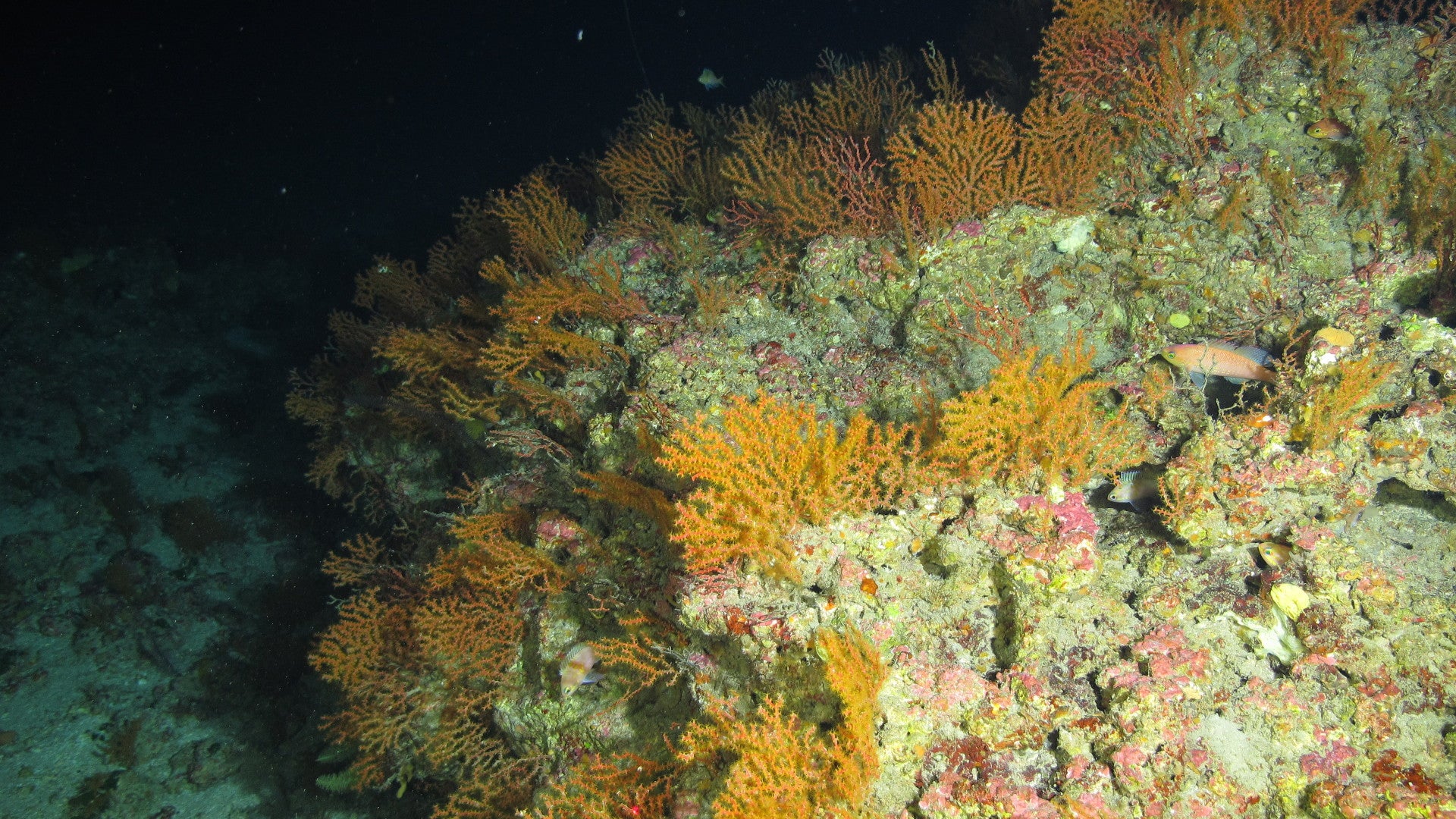
Habitat
Andrew J Davies (URI) and Leonardo Macelloni (USM)
Photo by Unsplash
Overview
In this project, through the development of an integrative and innovative technological and targeted observation program, we are coupling short-term (spatially abundant) and long-term (temporally abundant) benthic observations in Gulf of Mexico MDBC to determine baseline conditions and to characterize key environmental and community conditions at both injured and reference sites. Our short-term observations act as a “network of nimble sensors”, deployed over 5-25 day periods to capture spatially coherent data on water mass composition, temperature stress, benthic currents, and some elements of suspended particulate matter supply across multiple target habitats. Longer-term targeted observation of MDBC remain rare (e.g., across seasons or years), largely due to the significant logistical and technical challenges of design, deployment, and recovery of long duration deployment. However, such data is emerging for some habitats and regions as our technological capability increases (Hanz et al. 2021, Mienis et al. 2012). Our long-term observations, over full calendar years, will address significant knowledge gaps in MDBC and will provide the much-needed data that extends across multi-seasonal cycles to capture the physical oceanographic conditions and biological activity within injured and reference Gulf of Mexico MDBC. We are developing a rich, multiparameter dataset, designed to address a variety of questions and to significantly enhance our understanding of MDBC and help achieve restoration, conservation, and management goals within the Gulf of Mexico.

